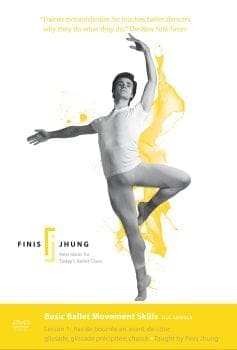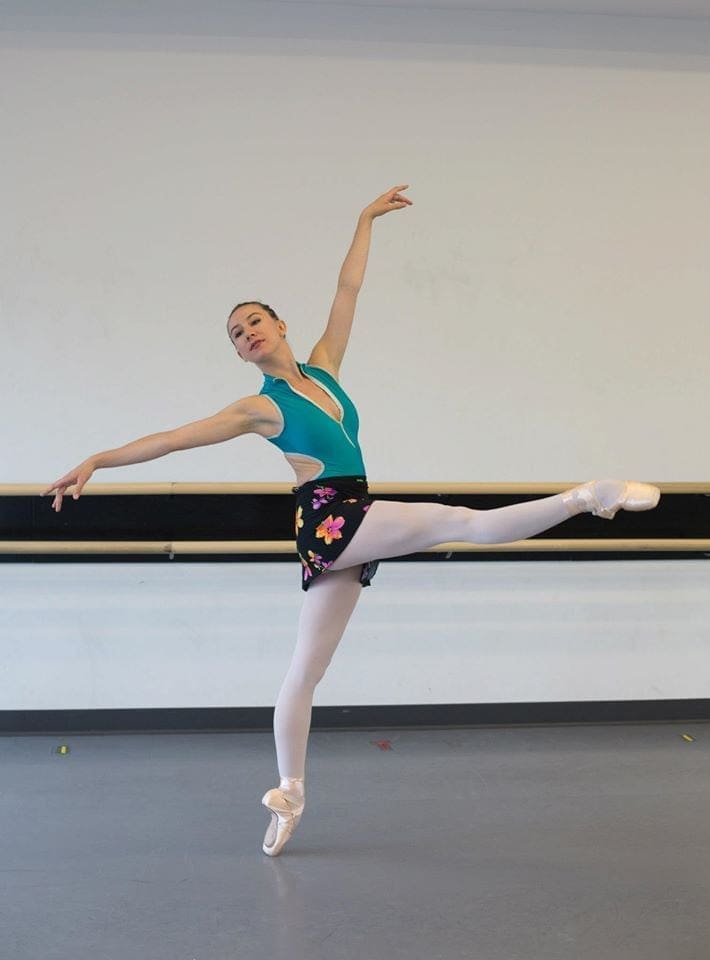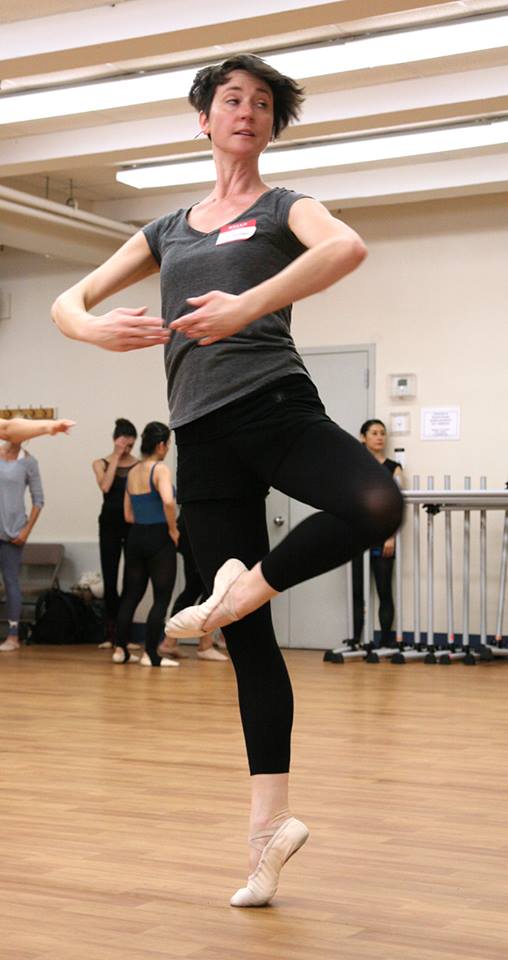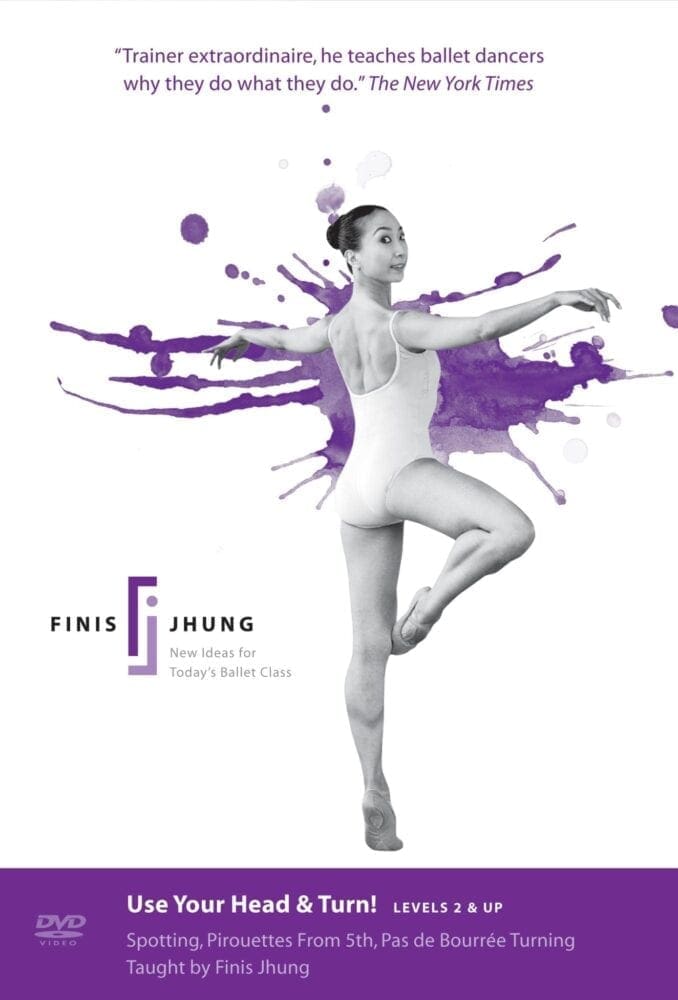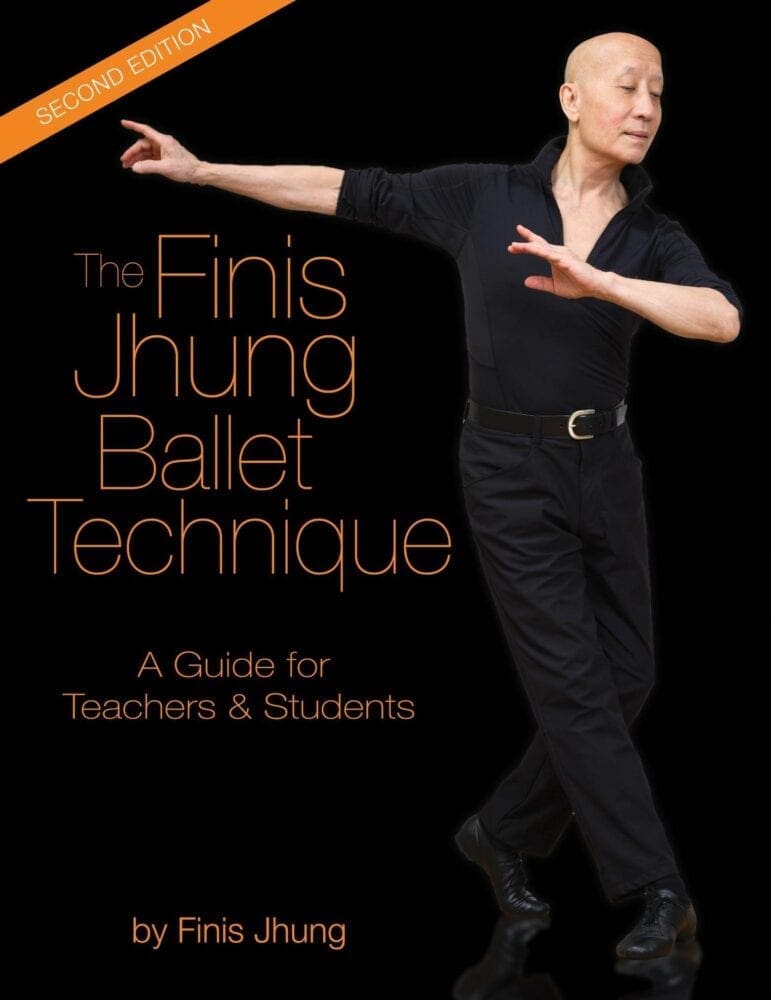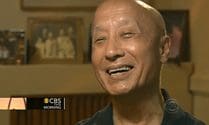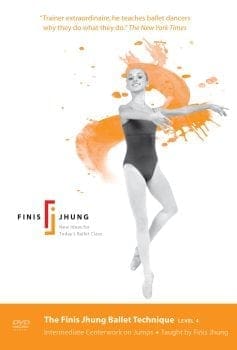Positions are Functional
The classical ballet body positions are based on logic and are functional. When we use them as we dance across the floor, we are able to maintain our balance and move with control and grace. For instance, when making a tombé pas de bourrée forward from corner 6 to corner 2, we usually begin stepping out on the right foot. Most beginning students have trouble with this step. Instead of beginning with a pose in effacé devant (the head placed over the left shoulder and eyes focused in line with that shoulder) they tilt their head to the right, look straight ahead, and lean over the right foot. As a result, they have all their weight moving in the same direction at the same time which makes them stumble and get behind the music. If they would start out in a proper effacé devant pose—and look away from where they are going—they will then be able to balance the forward movements of their feet and legs and move with control and grace. NYCB Soloist Antonio Carmena demonstrates this beautifully in my instructional video “Basic Ballet Movement Skills Lesson 1.”

